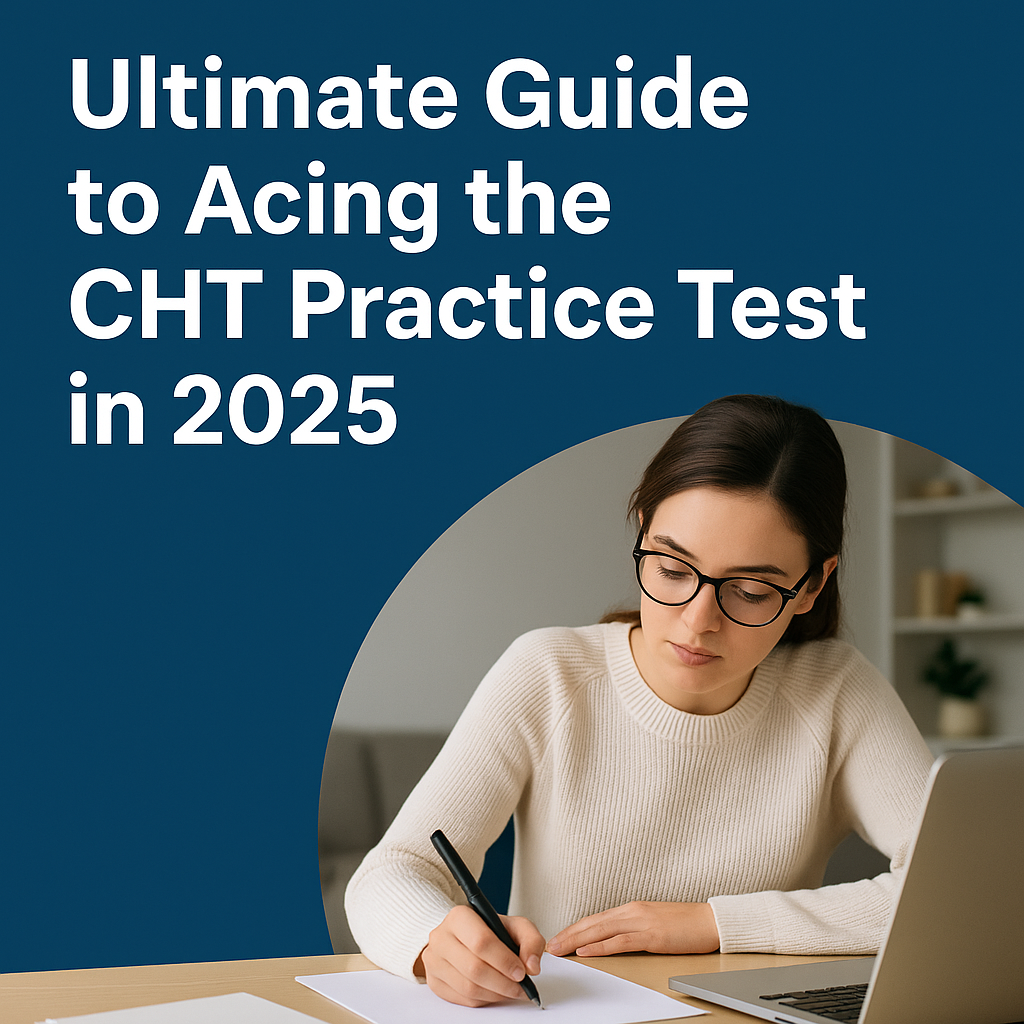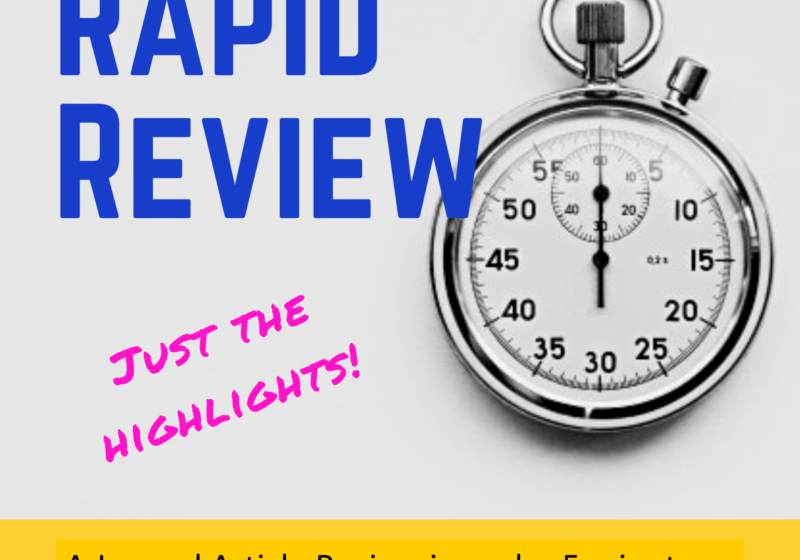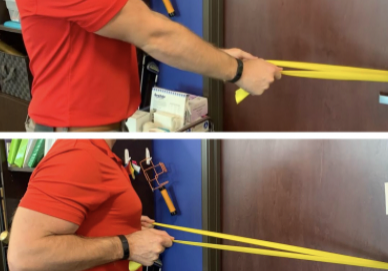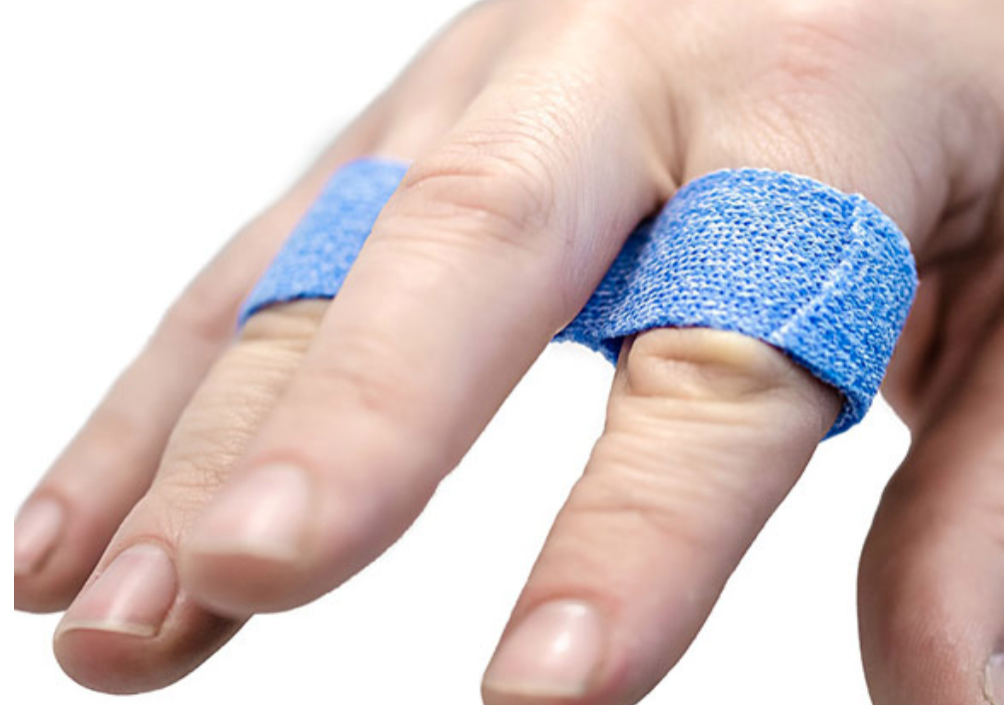Ultimativer Leitfaden zum Bestehen des CHT-Übungstests im Jahr 2025
abgelegt unter Nicht kategorisiert
Introduction to the CHT Certification
What Is the CHT Exam?
The Certified Hand Therapist (CHT) exam is a rigorous credentialing exam that validates advanced clinical skills in upper limb rehabilitation. Administered by the Hand Therapy Certification Commission (HTCC), it’s designed for occupational and physical therapists who specialize in hand therapy. Passing this exam signifies a therapist’s deep expertise in treating injuries and conditions from the shoulder to the fingers.
Who Should Take the CHT Practice Test?
If you’re planning to sit for the CHT exam, taking a practice test is a critical step. Occupational therapists (OTs) and physical therapists (PTs) with at least 3 years of clinical experience and 4,000 hours in hand therapy should make practice tests a routine part of their preparation strategy.

Importance of the CHT Practice Test
Why Practice Tests Are Essential
Practice tests are more than a rehearsal—they are a self-assessment tool. They simulate the actual exam experience, helping reduce anxiety, refine pacing, and reveal weak areas. Many successful CHT candidates credit practice tests for improving their confidence and boosting their scores.
How They Improve Success Rates
Practice tests allow repeated exposure to real-style questions, which reinforces memory and increases familiarity with test logic. Studies show that candidates who consistently take mock tests are more likely to pass on their first attempt compared to those who rely solely on reading materials.
Structure of the CHT Practice Test
Number of Questions and Format
The official CHT exam consists of 200 multiple-choice questions. Practice tests often mirror this format to give you an accurate simulation. Typically, they are timed to match the actual 4-hour exam duration.
Key Topics and Domains Covered
The test spans across several major domains:
- Auswertung
- Therapeutic interventions
- Orthotic fabrication
- Anatomy and physiology
- Clinical reasoning
Practice tests often reflect the same weighted structure so you can prepare comprehensively.
Content Areas to Focus On
Anatomy and Physiology
Expect detailed questions on the structure and function of the musculoskeletal, nervous, and vascular systems of the upper limb. Understanding nerve innervation and blood supply is vital.
Therapeutic Techniques
These include modalities like ultrasound, paraffin, manual therapy, and proprioceptive training. Practice tests often include scenario-based questions that test your ability to choose the most effective intervention.
Evaluation and Assessment
You must know how to interpret goniometry readings, strength testing results, and various functional assessments. Practice questions usually challenge your clinical decision-making skills.
Splinting and Modalities
Prepare to answer questions about splint selection, design, fitting, and materials. Practice tests may present clinical cases that require you to select the optimal orthosis.
Best Resources for CHT Practice Tests
One of the best online platforms for practicing the CHT Test is Hand Therapy Academy. Here you can find a full-length CHT Practice Test as well as a free demo version.
Recommended Books
- Rehabilitation der Hand und der oberen Extremität by Hunter
- Orthetische Intervention für Hand und obere Extremität
Sample CHT Practice Test Questions and Answers
Multiple Choice Example Questions
- Which nerve innervates the flexor pollicis longus?
- A. Radial
- B. Ulnar
- C. Median ✅
- D. Axillary
- A. Radial
- A patient has a boutonnière deformity. Which splint is most appropriate?
- A. Dorsal blocking splint
- B. Static extension splint ✅
- C. Wrist cock-up splint
- D. Volar plate splint
- A. Dorsal blocking splint
Rationales and Explanations
Each practice question should include explanations. For example, the median nerve innervates the flexor pollicis longus, which helps with thumb flexion—critical in opposition tasks.
How to Use CHT Practice Tests Effectively
Test Simulation Strategies
Always take your practice tests under timed conditions to simulate real pressure. Turn off distractions, use a timer, and sit at a desk.
Zeitmanagement-Techniken
Divide your exam into four 1-hour blocks. Pace yourself at roughly one question every 1.2 minutes, leaving some time at the end for review.
Study Plan for CHT Exam Preparation
30-Day Study Guide (repeat as needed)
| Day Range | Schwerpunkt |
| Days 1–7 | Anatomy Review |
| Days 8–14 | Splinting & Modalities |
| Days 15–21 | Evaluation Techniques |
| Days 22–28 | Übungsprüfungen |
| Day 29 | Review Missed Questions |
| Day 30 | Full-Length Mock Test |
Weekly Breakdown & Tips
Break each week into 2–3 content modules. Rotate between reading, testing, and reviewing. Stay consistent and avoid cramming.
Mistakes to Avoid While Preparing
Skipping Review of Wrong Answers
Don’t just look at your score—analyze your incorrect answers. Understanding Warum you got something wrong is key to retention.
Memorizing Without Understanding
Knowing facts isn’t enough. The CHT exam tests application of knowledge. Focus on clinical reasoning.
CHT Exam Day: What to Expect
Registration and Requirements
Register through HTCC’s website. Make sure you meet eligibility requirements, including licensure and work hours.
Exam Environment and Policies
You’ll take the exam at a Prometric testing center. Bring two forms of ID and arrive early. No phones, notes, or calculators allowed inside.
So analysieren Sie Ihre Übungstestergebnisse
Schwachstellen identifizieren
Use your practice test scores to pinpoint trouble spots—whether it’s anatomy, splinting, or patient assessment.
Creating a Targeted Review Plan
Spend 60% of your review time on weak areas and 40% reinforcing strengths. Rotate topics every 2–3 days.
Recommended Study Groups and Forums
Online Communities for Support
- OT/PT Facebook Groups
- Reddit’s r/OccupationalTherapy
- HTCC’s Community Forum
Peer Review and Discussions
Studying with others helps reinforce learning. Try explaining your answers out loud—teaching is a powerful memory tool.
Professional Tips from Certified Hand Therapists
Top Advice from Recent Passers
- “I did one full-length practice test every weekend.”
- “Flashcards saved my life for memorizing nerve pathways.”
Mindset and Motivation Techniques
Stay positive and visualize success. Even when you feel overwhelmed, remember why you started—helping patients thrive.
FAQs About the CHT Practice Test
Is the CHT practice test similar to the real one?
Yes, most reputable tests mimic the format and difficulty of the actual exam.
How many times should I take practice tests?
At least 3–5 full-length mock exams before test day is ideal.
What is the pass rate?
The pass rate fluctuates around 60-70% annually.
Do questions repeat?
Not exactly, but concepts and scenarios often overlap.
Can I retake the practice test multiple times?
Yes. In fact, repeated exposure to the same questions can strengthen recall.
Abschluss
Der CHT practice test is your secret weapon to conquering the real exam. With a structured study plan, high-quality resources, and the discipline to review thoroughly, success is well within reach. Embrace the journey and trust in your preparation.
Mehr zum Lesen
Arthrodese vs. Arthroplastik bei Daumen-CMC-OA
Piacenza A, Vittonetto D, Rossello MI, Testa M. Arthrodese versus Arthroplastik bei Daumen-Karpometakarpal-Arthrose: Auswirkungen auf die maximale willkürliche Kraft, Ausdauer und Genauigkeit des Kneifens. J Hand Surg Am. 24. Mai 2021: S0363-5023(21)00199-4. doi: 10.1016/j.jhsa.2021.03.023. Epub vor dem Druck. PMID: 34045112. The Skinny: Dies war eine retrospektive Studie, die auf einer Stichprobe von Personen basierte, die…
Mehr lesenErhöhen Sie die Schulterreichweite, indem Sie den Scapulohumeral-Rhythmus verbessern
Der skapulohumerale Rhythmus ist oft die Schlüsselkomponente bei der Behandlung von Schulterbeschwerden und dem Mangel an vollständiger Beweglichkeit der Schulter. Dies kann auch eine entscheidende Komponente zur Vorbeugung von Schultererkrankungen während der Rehabilitation anderer Erkrankungen der oberen Extremitäten wie Frakturen des distalen Radius, Sehnenverletzungen und Ellenbogenverletzungen sein. Der skapulohumerale Rhythmus ist der Rhythmus in…
Mehr lesenEine randomisierte klinische Studie, in der frühe aktive Bewegungsprogramme verglichen werden: Frühere Handfunktion, TAM und orthopädische Zufriedenheit mit einem relativen Bewegungsverlängerungsprogramm für Strecksehnenreparaturen der Zonen V und VI
Von Brittany Day Collocott SJ, Kelly E, Foster M, Myhr H, Wang A, Ellis RF. Eine randomisierte klinische Studie, in der frühe aktive Bewegungsprogramme verglichen werden: Frühere Handfunktion, TAM und orthopädische Zufriedenheit mit einem relativen Bewegungsverlängerungsprogramm für Strecksehnenreparaturen der Zonen V und VI. Zeitschrift für Handtherapie. 2019. doi:10.1016/j.jht.2018.10.003 The Skinny – Das ist…
Mehr lesenMelden Sie sich an, um Updates direkt in Ihren Posteingang zu erhalten!
Melden Sie sich bei uns an und wir senden Ihnen regelmäßig Blogbeiträge zum Thema Handtherapie, Benachrichtigungen jedes Mal, wenn wir neue Videos und Tutorials hochladen, zusammen mit Handzetteln, Protokollen und anderen nützlichen Informationen.





